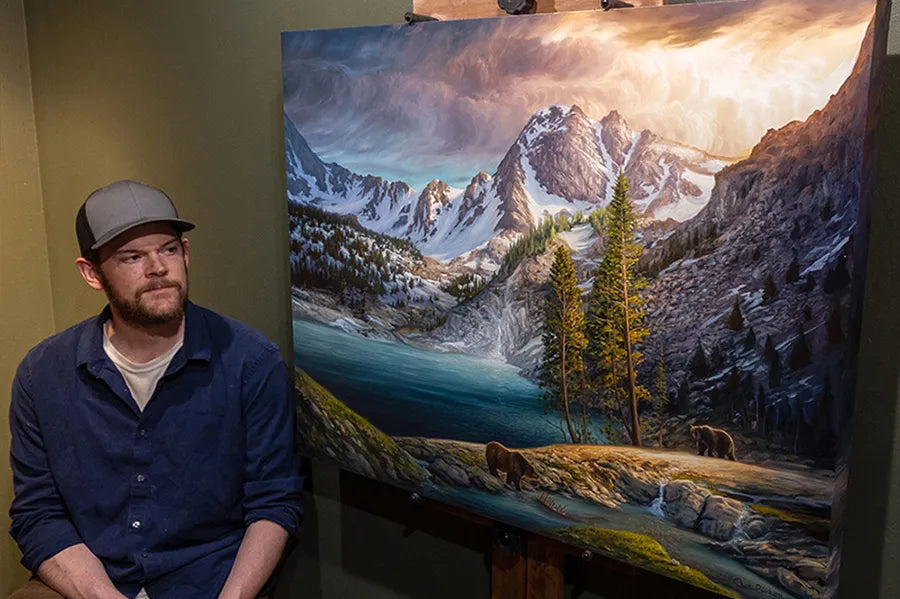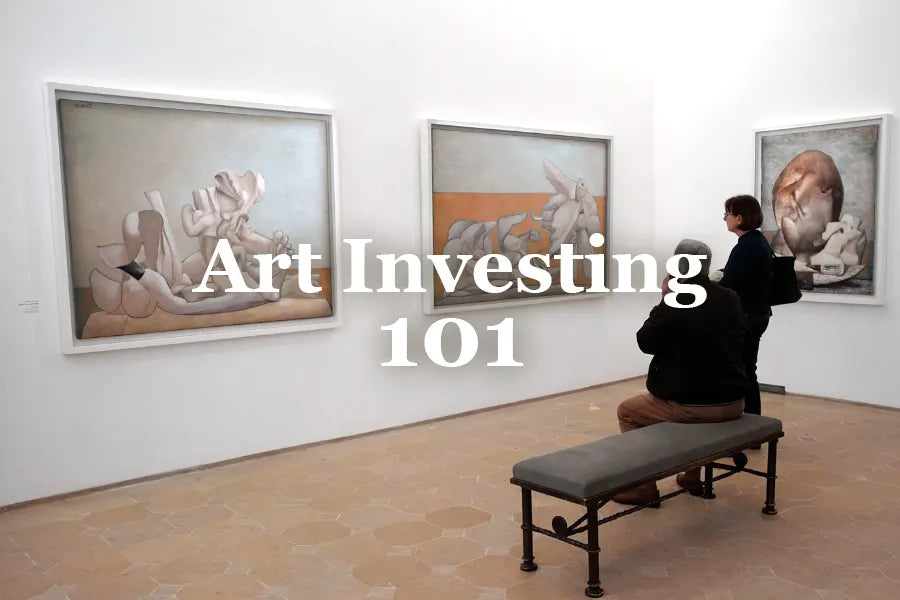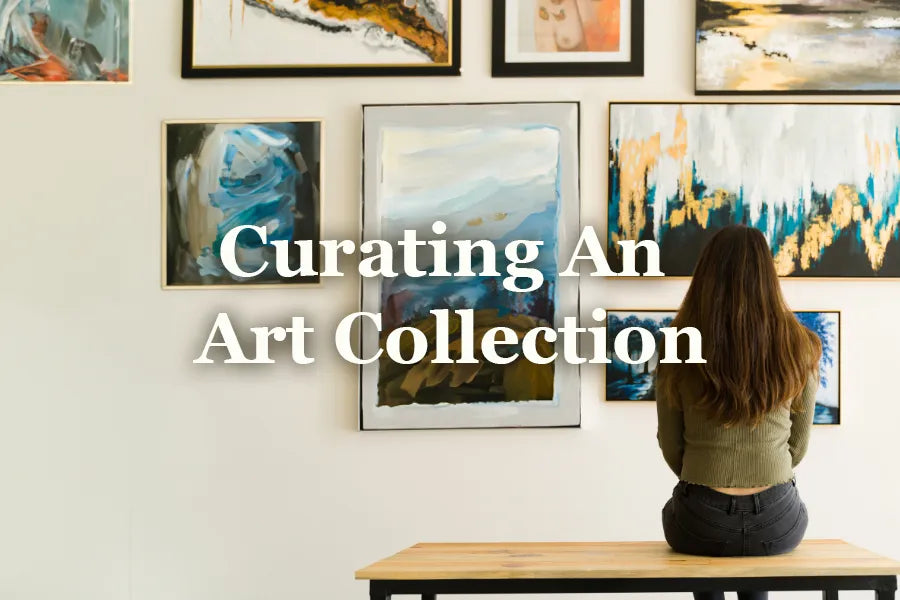The Modern Era of Landscape Painting: Breaking Boundaries and Redefining Nature
From early depictions that served merely as backgrounds in portraiture, landscape art has transformed in exciting ways, especially during the Modern Era. In this blog post, we'll cover the Modern Era of landscape painting, looking at how artists like Claude Monet and Egon Schiele redefined our connection to nature through their work.
The Shift in Perception
 "Water Lilies" Oil painting by Claude Monet, 1922 {{PD-US}}
"Water Lilies" Oil painting by Claude Monet, 1922 {{PD-US}}
The dawn of the 20th century wasn't just a shift in years; it was a transformative period for landscape art. Out went the rulebook that said landscapes had to be picture-perfect portrayals of nature. Instead, artists like Claude Monet started to explore their emotional connection to the environment. Monet's "Water Lilies," for example, doesn't just show you a pond; it invites you into an immersive experience of dappled light and nuanced color.
This internal focus allowed artists to use abstract forms and bold colors to capture the essence rather than the exact likeness of a scene. Rather than serving as a mere visual record, landscapes became rich, layered compositions that engaged the viewer's senses and emotions.
The new techniques that artists found during this time opened up a whole new way of interacting with art and nature. The techniques and styles born during this era have had a lasting impact, influencing a myriad of art movements that followed and deepening our connection to both the landscapes we see and the emotions we feel.
Experimentation with Color and Form
 "Mont Sainte-Victoire" Oil painting by Paul Cézanne, 1904 {{PD-US}}
"Mont Sainte-Victoire" Oil painting by Paul Cézanne, 1904 {{PD-US}}
The Modern Era was a playground for artists to stretch the boundaries of color and form in landscape painting. No longer confined to realistic palettes or traditional perspectives, artists like Paul Cézanne and the Fauvists (a group of French painters) adopted a daring approach. Cézanne, for example, broke down natural scenes into geometric shapes, while the Fauvists cranked up color intensity to almost surreal levels. This era of bold experimentation shifted the landscape genre as we knew it. The artists didn't just paint what they saw; they painted what they felt, using color and form as tools to engage the viewer in new and unexpected ways.
Techniques That Shaped the Modern Landscape
 "Autumn Sun" Oil painting by Egon Schiele, 1912 {{PD-US}}
"Autumn Sun" Oil painting by Egon Schiele, 1912 {{PD-US}}
The Modern Era also saw an array of new techniques that brought a fresh perspective to landscapes. Artists began to experiment with brushstrokes, layering, and even the canvas itself to capture the essence of a scene. For instance, instead of smooth transitions, many artists started to employ visible, textured brushstrokes to bring a sense of movement to their work. Layering became another essential tool, allowing for the intricate play of light and shadow. These techniques were deliberate attempts to convey complex emotions and ideas, drawing the viewer into a deeper, more personal relationship with the artwork. This laid the groundwork for the myriad of styles and movements that followed, cementing the Modern Era as a pivotal moment in the evolution of landscape painting.
 "View of Céret" Oil painting by Chaim Soutine, 1922 {{PD-US}}
"View of Céret" Oil painting by Chaim Soutine, 1922 {{PD-US}}
Final Thoughts
The Modern Era of landscape painting wasn't just about art; it was about shifting perspectives and challenging the norm. By daring to break the traditional molds, artists of this era opened up new pathways for representing and connecting with nature. As we continue to explore art's evolving landscape, the Modern Era serves as a reminder of the limitless possibilities that come with daring to think differently.
Seeking a distinctive addition to your collection?
Explore the online gallery of Chuck Black original paintings.
Browse The Collection





